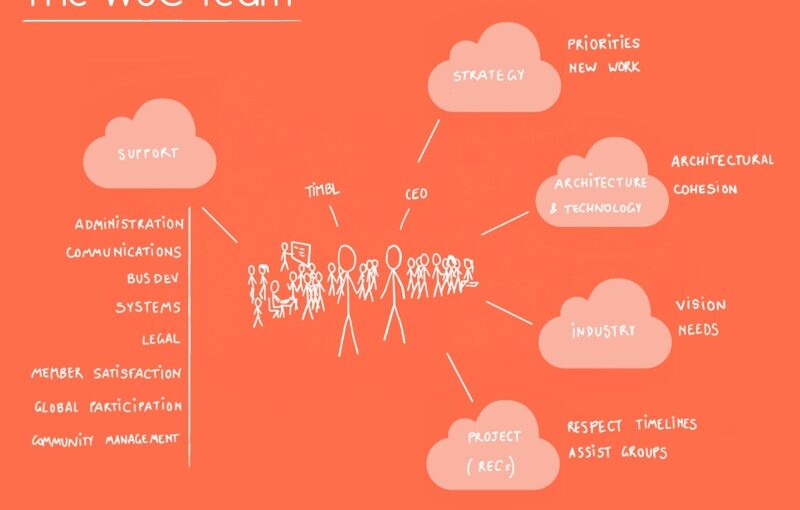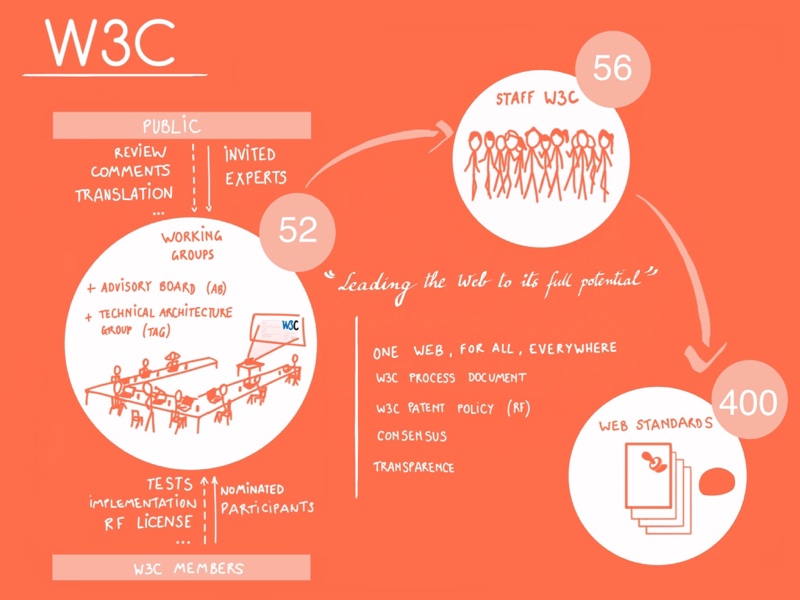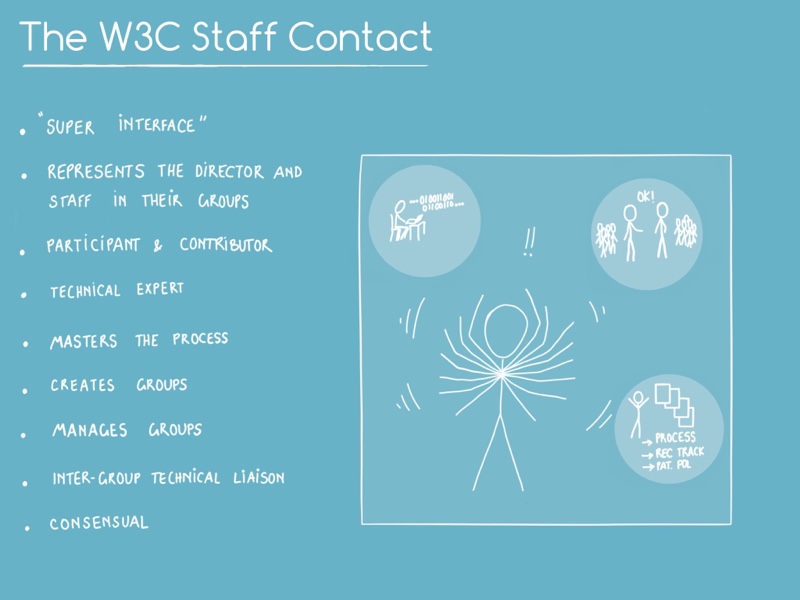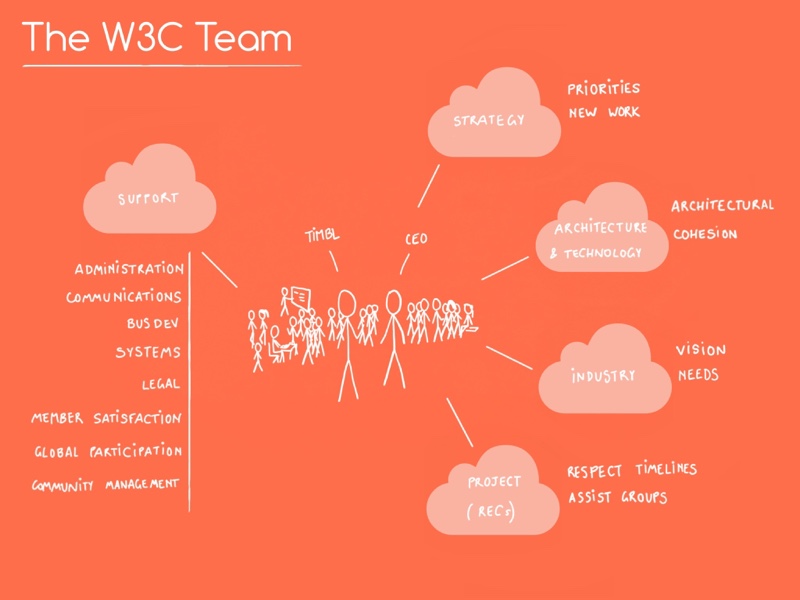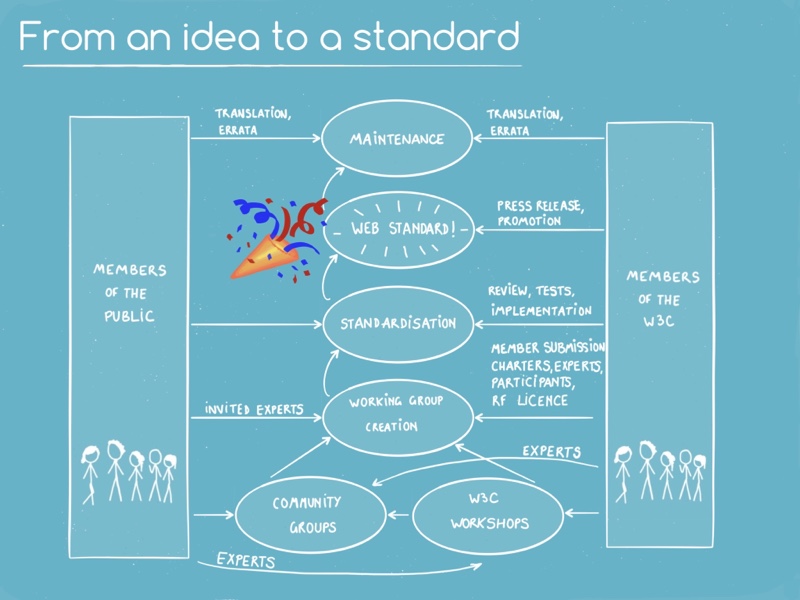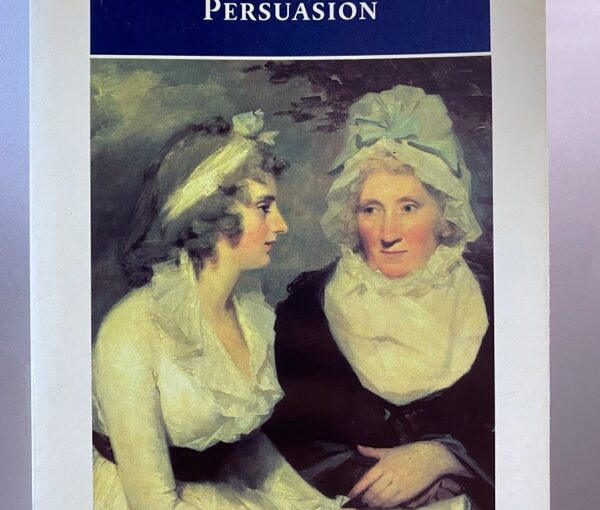La première rentrée d’Adrien au lycée hier fut totalement épique.
On avait le train à 7h07 depuis la gare qui est à 12 minutes à pied de la maison. Le papa d’Adrien, lui, devait prendre le même train 7 minutes avant à sa gare locale.
On est partis un poil en retard car Adrien a changé de short, puis de t-shirt. Aussi parce qu’on n’avait pas compté le temps de fermeture des porte/portail, ni de l’escalade des barricades en bétons anti-scooters qui ont été installées cet été sur le sentier forestier le long du stade de foot en bas de chez nous.
J’avais mon nouveau vélo pour rentrer plus vite depuis Cannes car j’avais pas vérifié qu’on peut embarquer un vélo dans les TER.
Bref. Quand on a vu qu’il était 7h05, et qu’on était encore à un demi-kilomètre de la gare, j’ai dit à Adrien de monter sur le vélo, et moi j’ai couru à côté.
Mais le passage entre les HLM pour monter à la gare comporte pas mal d’escaliers, alors il a fallu descendre du vélo et le soulever un peu pour franchir les marches (il fait 23 kilos le mastar…)
On y était pas tout à fait quand on a entendu le train entrer en gare…
… et puis la sonnette d’indication du blocage des portes retentir. Adrien était déjà sur la plate-forme et moi je courais toujours le long du grillage, à côté du train arrêté. L’entrée de la gare qui est le plus loin possible de là où on venait n’en finissait pas de ne pas arriver !
Une fois sur la plate-forme, Adrien reprenait le vélo; il n’avait pas réussi à ouvrir les portes. J’ai aussi essayé le bouton mais sans résultat, et c’est seulement là que le train est parti 🙁
Sur le chemin de la gare on avait vu le bus de ville #1 qui va à la gare de Cannes. Alors j’ai dit à Adrien de redescendre vers l’arrêt de bus par les escaliers directs, derrière le dispositif qui empêche les vélos de passer, et moi j’ai enfourché le vélo et repris le chemin par lequel on était arrivés.
Le bus partait dans 2 minutes et mettait 20 minutes pour rejoindre la gare de Cannes. Banco, il serait dans les temps.
Heureusement qu’Adrien avait un peu d’argent dans son porte-monnaie (moi j’avais juste ma carte de crédit), car sa carte de bus “Zou!” ne fonctionne pas sur le réseau des bus de ville.
Mon vélo étant interdit à bord du bus, j’ai dit à Adrien “vas-y Mijo, on se retrouve à Cannes !”
J’ai appelé le papa d’Adrien pour lui dire qu’on avait raté le train de quelques secondes, qu’Adrien était dans le bus et que je moi je prenais la route à vélo et qu’on se retrouverait (avec un peu de chance) tous à la gare de Cannes.
J’ai mis vingt minutes pour arriver. Le papa d’Adrien était déjà là, et Adrien lui était carrément flippé, toujours dans son bus, à cause d’un long arrêt à la mairie de Cannes, et certainement de pas connaître la topologie de la ville, donc de pas savoir où est la mairie relativement à la gare ni de pouvoir estimer le temps restant (vraiment pas longtemps une fois reparti).
Adrien est arrivé 10 minutes après, un peu angoissé (beaucoup). Nous avions encore 10 minutes avant que ce soit 8h, l’heure de la rentrée.
On a pris le passage souterrain qui mène à la rue Mimont derrière la gare. Ils m’ont aidée à soulever le vélo sur les escaliers de sortie (il y en a encore plus que ceux qui descendent au tunnel !) Et le lycée est à 2 minutes à pied une fois de l’autre côté.
À l’approche, j’ai vu un grand gars en cravate qui ouvrait le portail de l’établissement et disait aux jeunes amassés en large troupeau devant le lycée “allez, vous pouvez rentrer; vous êtes nombreux !”
Adrien s’est mis dans la file, et sans se retourner il s’est engouffré parmi les lycéens.

Je crois bien qu’on était les deux seuls adultes. D’ailleurs on s’est naturellement arrêtés au trottoir opposé à l’attroupement pour pas se mélanger aux gamins, ce qui aurait pu filer la honte au nôtre !

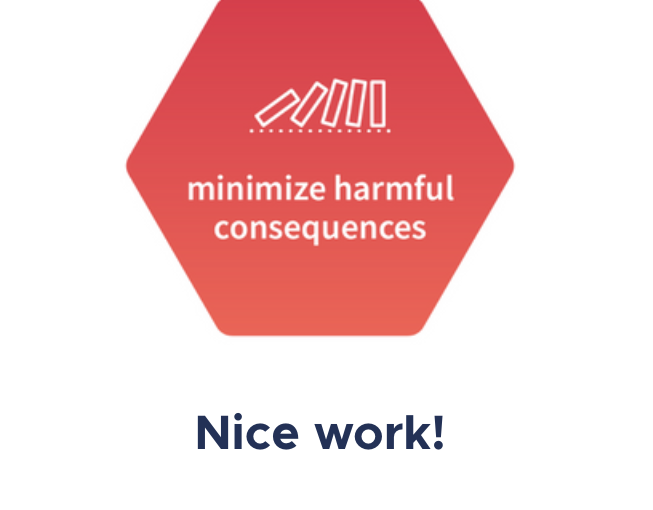

!["What was the original problem you were trying to fix?"; "Well, I noticed one of the tools I was using had an inefficiency that was wasting my time." 'What are you working on?' [person at computer answers:] 'Trying to fix the problems I created when I tried to fix the problems I created when I tried to fix the problems I created when...'](https://blog.koalie.net/wp-content/uploads/2024/01/fixing_problems.png)
